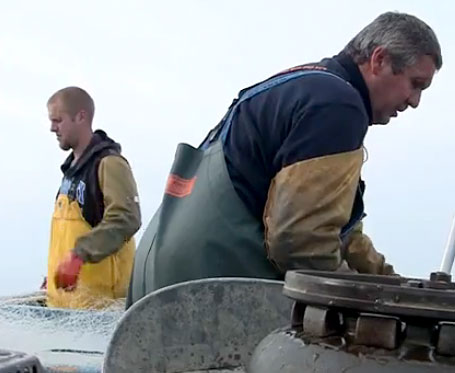Yesterday I published an interview with Seattle green urbanism advocate Cary Moon about the impending decision to build a huge, car-centric mega-tunnel under downtown Seattle. It’s pretty long, so for all you attention-deficit types I thought I’d follow-up with a shorter post that pulls together some basic info on the tunnel.
The Washington State Department of Transportation recently released its draft environmental impact statement (DEIS) on the project, which gets into some detail about how many cars it will carry, how much damage it will do to the historic areas it goes beneath, and how much it will cost.
The most absurd aspect of the DEIS is that the only alternatives to the tunnel it analyzes are old, largely abandoned plans already rejected by Seattle voters. It does not analyze the surface-street option, leaving Seattle voters with no direct means of comparison. That’s only one absurd aspect, though, and several others have been pointed out by groups responding to the DEIS. Here are five such responses (all PDFs):
- People’s Waterfront Coalition
- Sierra Club
- Transportation Choices Coalition
- Feet First
- Seattle Department of Transportation
They’re all worth reading, as they differ somewhat in emphasis, but several concerns are common to all. They all point out that:
- the state and city both have ambitious goals to to reduce greenhouse gas emissions; an enormous tunnel devoted to cars won’t exactly aid in that goal
- the original focus of the project was to move people and goods, but somehow moving cars ended up being the metric against which alternatives were judged
- there are likely to be cost overruns, but there’s no plan for how to handle them; Seattleites are likely to get stuck with the bill
- there will be serious disruption to traffic during construction, clogging nearby downtown areas with new congestion, and there’s no plan to deal with it
- Seattle needs more transit and the tunnel admits none
- digging the tunnel would endanger historic Pioneer Square infrastructure
- the project doesn’t take into account rising sea levels and other ways climate change could affect the tunnel
In addition to those concerns, here’s a fresh travesty: One of the companies the city proposes to sign a contract with, Tutor-Perini, has a long history of cost overruns, litigation, and allegations of fraud and racketeering. So there’s that.
In the end, the debate comes down to whether Seattle needs a highway at all. Some people are convinced, to the point of religious conviction, that the loss of the highway would mean chaos. But lots of cities have gotten rid of urban highways and the outcome is inevitably positive. Cities are not for getting through, they’re for living in. Urban space should belong to people.
Finally, there’s going to be a doozy of a debate on the tunnel at Seattle’s City Hall at 7:00 p.m. tonight. If you’re in town, you should check it out.
——
UPDATE: See also Dan Bertolet, who says the project is a “dead tunnel walking,” not for any particularly green reason, but just because there’s no way to pay for it.
UPDATE 2: Here are two more letters responding to the DEIS, from Historic Seattle and Bill Speidel Enterprises (PDFs). These focus primarily on the threat to the historic Pioneer Square district



